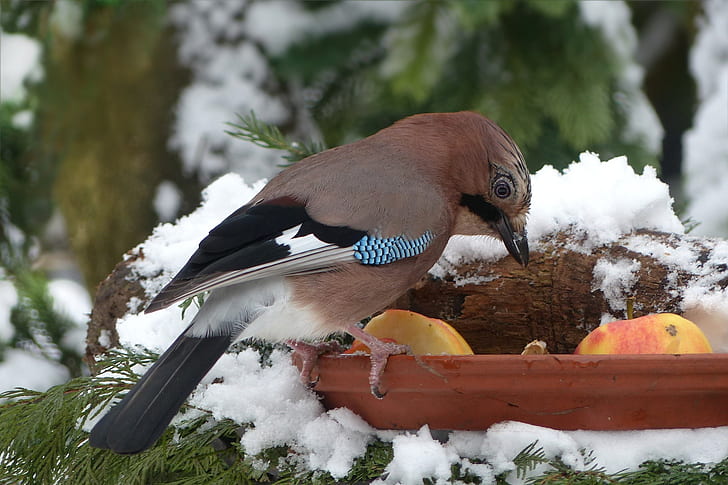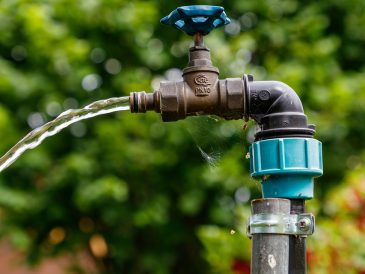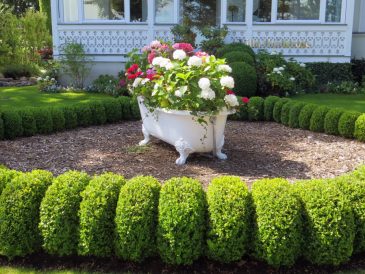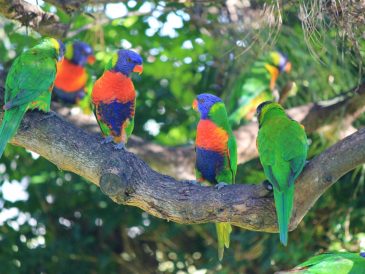How to Feed Birds in Winter
Summary
Understanding the Nutritional Needs of Birds in Winter
Step 1: When to Feed Birds?
Step 2: Prepare Bird Food
Step 3: Set Up Feeding Stations for Birds
From late November to mid-March, birds have high caloric needs when food resources are scarce. It is both helpful and easy to lend them a hand.
This guide explains when and how to feed birds in winter, what foods to provide, and which foods to avoid.
Understanding the Nutritional Needs of Birds in Winter
When natural resources become scarce in winter, birds burn many calories to maintain their body temperature. A bird can lose about 10% of its weight overnight!
To compensate for these caloric losses and survive, birds require a winter diet rich in carbohydrates and fats and an essential water supply.
Seeds and Dried Fruits
Seeds and dried fruits are rich in carbohydrates and lipids, making them ideal for feeding birds in winter.
The most accessible approach is to purchase wild bird seed mixes from a pet store. These mixes contain seeds of various sizes suitable for different bird species, such as sunflower, thistle, corn, millet, barley, and wheat. Keep in mind that:
Sunflower seeds are the most nutritious for birds and should be a staple food.
Thistle seeds, rich in vegetable oils, are a real treat for certain birds like goldfinches.
Corn is a universal favourite as all birds enjoy it regardless of its form—on the cob, crushed, or in seed form—and can be placed directly on the ground or in a feeder.
Millet is rich in vitamins and starch. Birds appreciate both red and white varieties.
Additionally, you can provide crushed dried fruits such as hazelnuts, almonds, walnuts, raisins, unsalted peanuts, and even apple and pear seeds.
Vegetable Fats
Enhance the supply of lipids by providing birds with vegetable fats like margarine.
Note: Animal fats like butter or lard should be avoided as they can cause cardiovascular problems in birds.
Water
Birds have a vital need for water to drink and to groom their feathers, which becomes challenging to find during freezing temperatures. You can use a terracotta dish to create a small water source for them, refilling it with warm water twice daily.
Foods to Avoid When Feeding Birds in Winter
The following foods are harmful to birds:
- Bread
- Salted or sugary seeds
- Flaxseeds
- Castor beans
- Raw rice
- Dried coconut
- Milk
- Leftovers from your meals (too salty or too sweet)
When to Feed Birds?
Feeding Period
Allow birds to feed naturally for as long as possible throughout the year.
Start providing supplementary food only when the first frost arrives (late November or December, depending on your region).
Stop feeding them by mid-March or the end of March when the vegetation in your area provides enough food to sustain themselves.
Note: If you have started feeding birds in your environment, it is essential to continue until the end of winter. Otherwise, they may become dependent and struggle to survive.
Feeding Frequency
Ideally, feed birds twice a day:
- In the evening, so they can prepare for the night.
- In the morning, preferably early, so they can replenish their reserves quickly.
Prepare Bird Food
There are three main ways to provide bird food: automatic feeders, bird feeders, or making your own fat and seed balls.
Automatic Feeders for Winter Bird Feeding
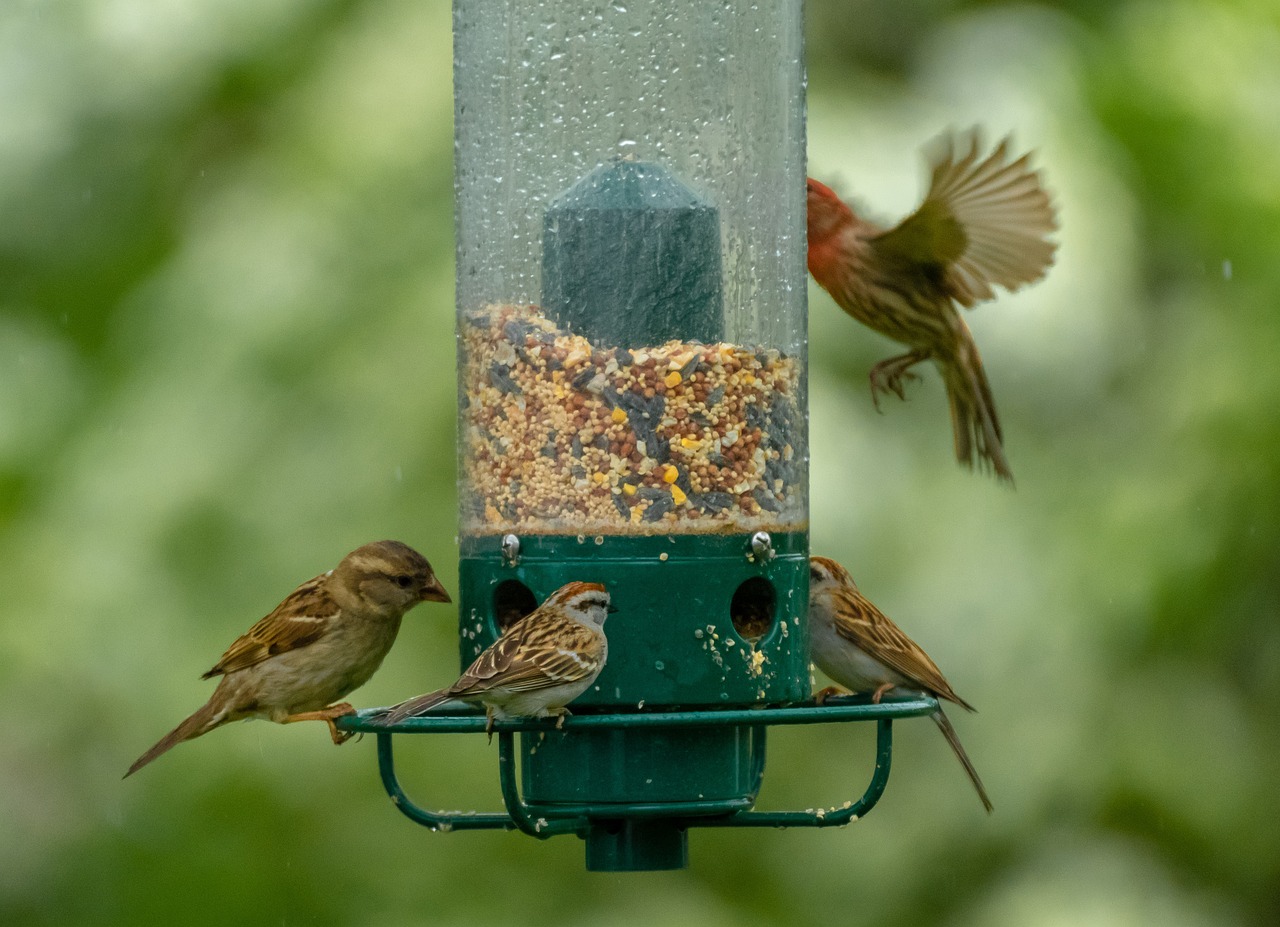
You can find affordable and convenient automatic seed dispensers in stores. They gradually release the seeds and protect them from weather and contamination.
Bird Feeders
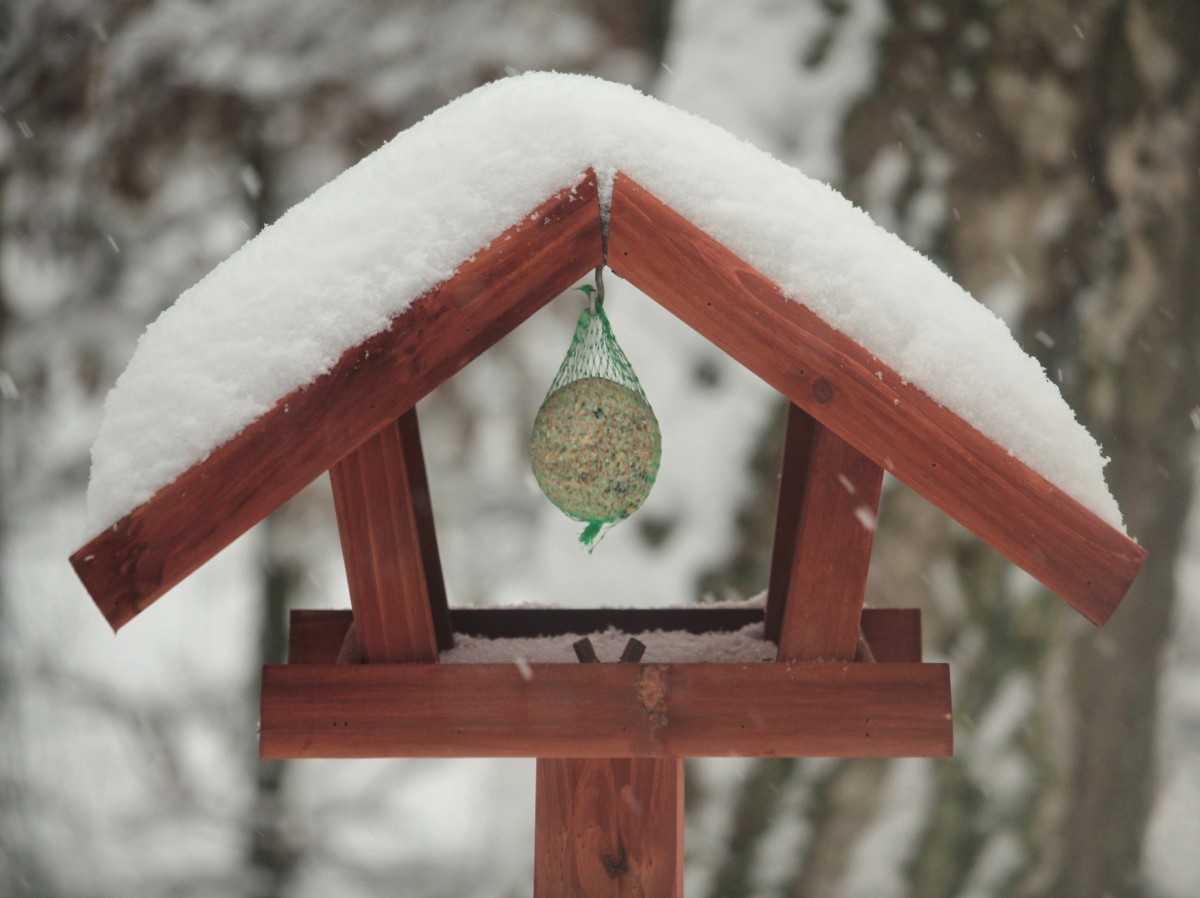
Purchase a wooden bird feeder from a store or make one yourself.
Fat and Seed Balls
These balls are easy to make, and even children can help. They offer a combination of fats and seeds. Here’s a simple recipe:
- Allow 500g of margarine or shortening to soften at room temperature.
- In a mixing bowl, combine the softened fat with 250g of wild bird seeds.
- Shape the mixture into balls the size of a large mandarin and refrigerate them for several hours.
- Wrap each ball in a net previously used for fruits or vegetables.
- Hang a few balls on shrubs and keep the rest chilled.
Set Up Feeding Stations for Birds
Distribute the food across multiple locations to avoid conflicts between different bird species.
Hang seed dispensers and fat balls at various heights (on shrubs, trees, or balcony railings) out of reach of cats. Birds prefer open spaces where they can easily monitor potential threats.
For ground-feeding birds like starlings or blackbirds, place the feeding stations on the ground but sheltered by a hedge.
Your garden will become a fantastic observation post for the whole family!
Materials Required for Winter Bird Feeding:
- Automatic seed dispenser
- Empty vegetable net
- Margarine
- Wild bird seed mix
- Terracotta dish
- Mixing bowl

